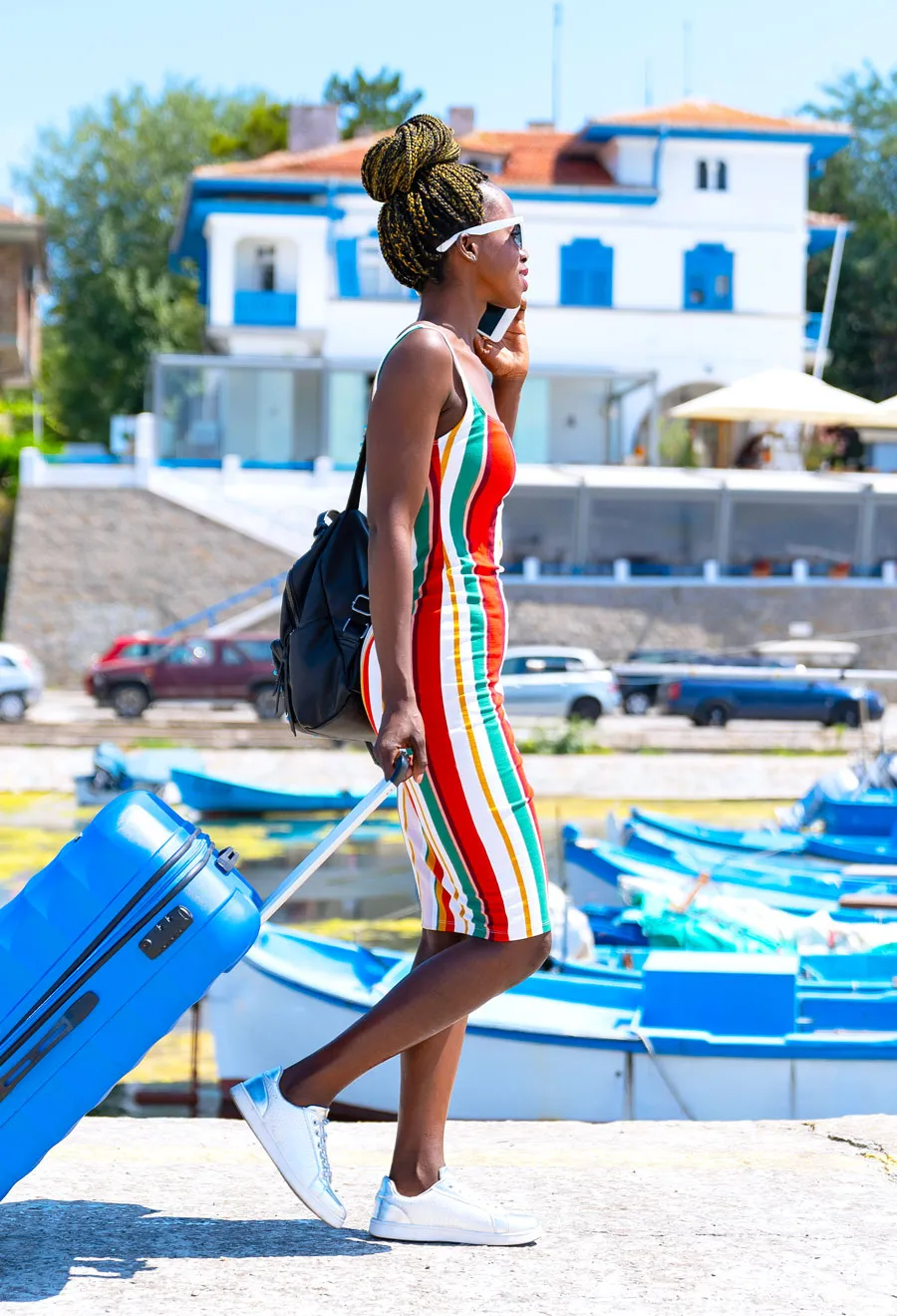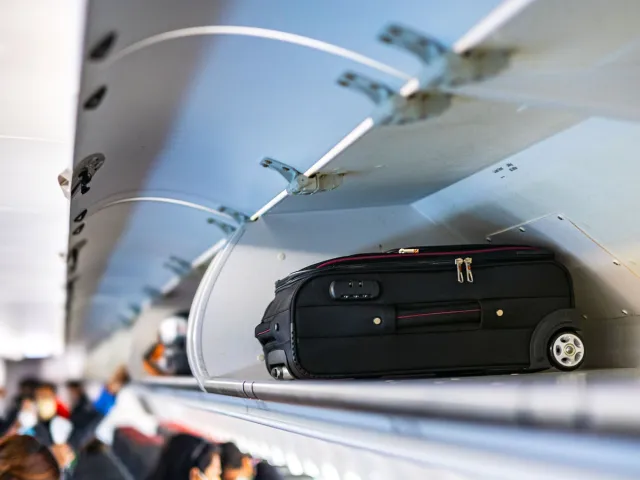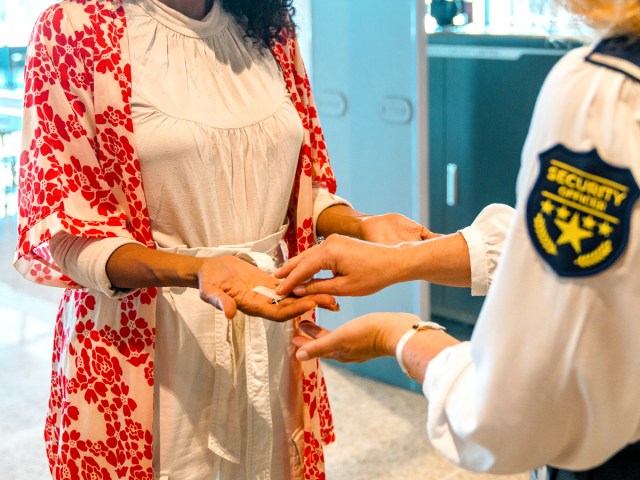If you’re a seasoned cruiser who’s already explored numerous Caribbean ports or the glacial waters of Alaska, you may be looking for your next adventure. And if you’ve been dreaming of wandering cobblestone streets past castles in Prague or sipping reds at family-run vineyards in Bordeaux, a European river cruise could be the answer. Don’t know where to start? Here are some helpful tips for planning your first river cruise adventure across Europe.
Narrow Down Your Interests (and Budget)
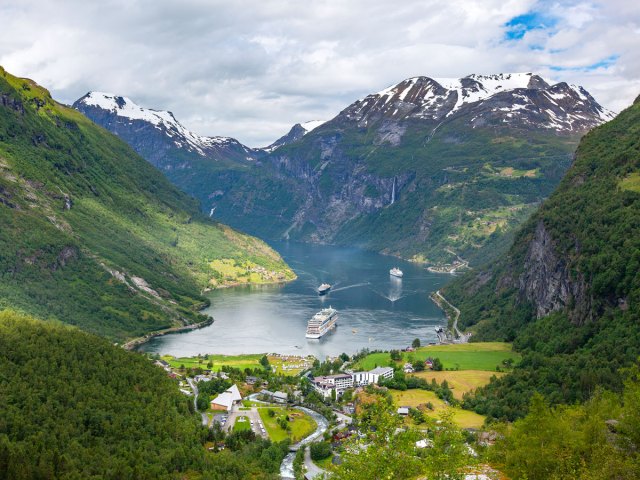
First things first: No two European river cruises are alike. Major waterways across the continent include the Seine, Danube, Elbe, Garonne, Loire, Main, Tagus, Douro, Oder, Po, Rhine, Moselle, Saône, and Rhône. And there are multiple options of river cruises available on each, ranging from major lines such as Viking, Avalon, and AmaWaterways to smaller vessels chartered by Tauck, Uniworld, and CroisiEurope.
That’s why we recommend you start by determining what type of vacation you’re looking for. For example, if you prefer to spend a lot of time appreciating architectural landmarks, taking walking tours, shopping at local markets, or museum hopping, a river cruise on a major line with longer stops in historic European cities such as Budapest, Paris, Prague, or Vienna, could be a solid choice. Alternatively, if you prefer to spend more time on the water appreciating the mountains, rolling vineyards, and quaint villages from a distance as you dine, a smaller ship with luxury amenities like spa services and meals prepared by a chef on board may be more your speed.
Figuring out how much sightseeing you want to do and what kind of sightseeing is also essential when planning a European cruise. If this is your second or third time to Europe, you may be more interested in lesser-known villages in underrated countries. A river cruise on the Oder through Poland, Czechia, and Germany, for example, or on the Douro through Portugal and Spain, may be more riveting if you’ve already floated on the Seine past the Eiffel Tower in Paris.
If you’re a history buff, you may enjoy a river cruise on the Elbe through Germany and Czechia, past Prague, Berlin, Hamburg, and Dresden. Wine lovers will appreciate a cruise along the Saône and Rhône rivers from Burgundy to Provence in France, while those looking to unwind in unparalleled natural landscapes will be mesmerized by the beauty of the Swiss Alps along the Rhine River.
Leave Yourself a Buffer

European river cruises typically range from five days to two weeks, but some adventures on the water can be even longer, depending on how many countries you plan to visit. Allowing yourself a minimum of three extra days (beyond your cruise itinerary) will give you enough time to arrive in your embarkation port city and adjust to the climate and time zone, as well as a day or two to catch your flight home if there is a delay.
You should never book your flight to land the day of or before you embark, or to fly out the day of or after you disembark — flights can often get delayed or canceled and you don’t want to miss your cruise (or your flight home).
Additionally, you’ll want to book as early as possible. Even if you are planning for a shorter voyage, booking your cruise seven to eight months in advance is advised, as popular routes can fill up fast and booking early may help you secure better pricing.
Consider Seasonality

If you’re still unsure of which cruise to choose, selecting a voyage is easier if you consider what time of year you plan to set sail. For example, during the holiday season, you could take a Danube River cruise from Budapest to Regensburg, Germany, or a cruise on the Main and Moselle rivers from Paris to Prague to see the magical Christmas markets.
A European river cruise in warmer months would be better suited to, say, a Danube River cruise from Bucharest to Budapest through Romania, Bulgaria, Serbia, Croatia, and Hungary for swimming and exploring villages in the summer. Or you might set sail on the Rhine River from Amsterdam to Antwerp through the Netherlands, Germany, and Belgium to see the flower fields come alive in spring.
Find Out the Ship Size

Researching the various cruise lines ahead of time will ensure there are no unexpected surprises when it comes time to sail. Be sure to read reviews, ask specific questions, and comb through photos of cabins offered. If you have dietary restrictions or limited mobility, you will want to choose a line that will accommodate your needs and recommend the right activities and restaurants on land.
An important consideration is the size of the ship. If you prefer to have more access to amenities on board, a major cruise line may be more comfortable than a smaller yacht, but if you’re looking for more one-on-one time with guides, a smaller vessel will ensure everyone in the group gets prioritized.
Be Aware of Water Levels
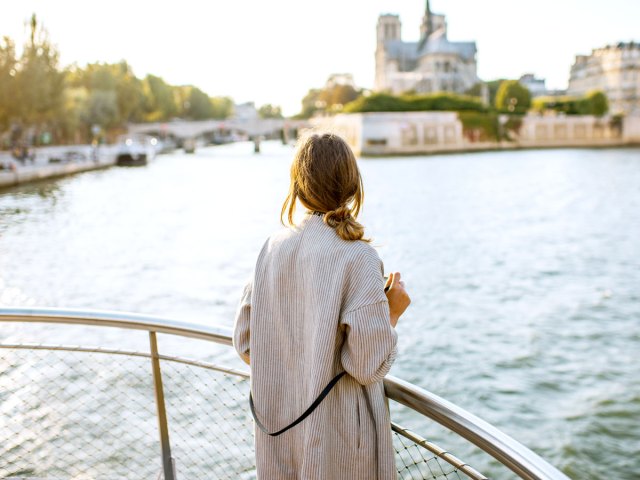
Depending on the season you book, low water or high water levels due to droughts or flooding can prevent ships from navigating various sections of the river, passing under bridges, or safely docking at various ports. Most lines have a backup plan just in case, offering bus tours, ship swaps, or itinerary adjustments, but it’s always a good idea to be mindful of river conditions.
Notably, the Elbe and Rhine rivers are prone to low water levels in the summer due to heat waves, while the Rhône and Seine rivers often experience high water levels from heavy rainfall in the fall. And the Danube and Rhine rivers typically rise in the spring due to snowmelt from the Alps.
Look into Local Transportation

Before you dock in a major city or make plans to see a specific attraction across town, make sure you research public transportation in your ports ahead of time. For instance, you don’t want to arrive in Paris and spend precious time trying to figure out the Metro, or realize you’re short on change and need to take a long bus to navigate the tight roads around the canals in Venice.
Typically, the most authentic experiences won’t be in the neighborhood where your ship docks, so consider hopping on a subway, tram, bus, or bike in order to explore. If you are still unsure of how to navigate the city, ask cruise line personnel for assistance; they may offer guided tours or arrange transportation for you.
Consider Travel Insurance

Lastly, make sure you’re prepared in the event of an emergency. Flight changes or cancellations as well as medical emergencies can happen. Consider purchasing a travel insurance plan so you don’t lose money if your cruise plans don’t work out. If you need to abandon ship (literally), you can rest easy knowing that you’re covered and have the option to get home safely.
More from our network
Daily Passport is part of Inbox Studio, which publishes content that uplifts, informs, and inspires.






